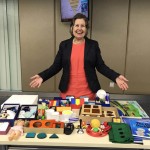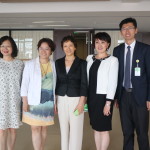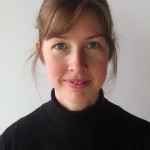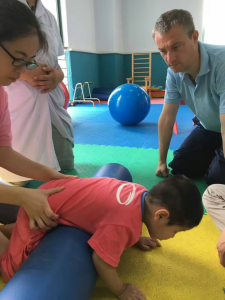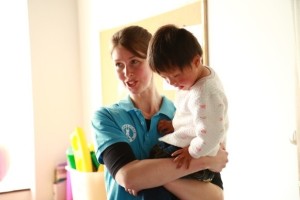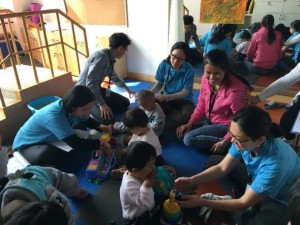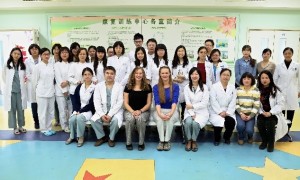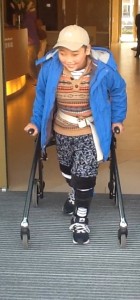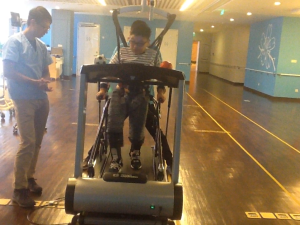China-US Pediatric Rehabilitation Forum
Over a hundred general and developmental-behavioral pediatricians, pediatric therapists, and pediatric researchers attended a China-US Pediatric Rehabilitation Forum on May 11 and 12 at Kunming LIH SkyCity Training Center. Attendees engaged in dialogue, formal training, and demonstration and clinical observation to improve the quality of pediatric rehabilitation services in Yunnan province.
LIH Healthcare invited Dr. Chuck Dietzen, Pediatric Rehabilitation Medicine, Riley Children’s Hospital, Indiana University School of Medicine; Dr. Francisco Angulo Parker, a well-known pediatric rehabilitation medicine doctor; Dr. Fengyi Kuo, Clinical Manager at Kunming LIH SkyCity Hospital and LIH Healthcare Occupational Therapy Lead; Dr. Ao Lijuan of Kunming Medical University, Vice President of Rehabilitation College; and Ms. Liu Yun, Director of Kunming Children’s Hospital, Rehabilitation Department.
Presenters and attendees discussed together on children’s rehabilitation, weight management in children, children with brain damage, spasm management for children with cerebral palsy, and prosthetics. Advanced techniques and skills were demonstrated through case study, demonstration, and clinical observation.
Griffiths Certification Training
Certification training for the Griffiths Developmental Scales-Chinese (GDS-C) was held on 17 May at Kunming LIH SkyCity Hospital and on 24 May at LIH Olivia’s Place Beijing. Over 40 pediatric professionals were certified through this 3-day intensive training, which followed strict ARICD standards.
The training addresses not only theory but also practical skills. In order to be certified, each trainee is asked to test a child under supervision. Training for the Griffiths assessments (GDS-C, GDMS-2) is standardized across countries, which is one of the reasons that the Griffiths assessments have become known as a gold standard in developmental assessment.
As the key instructor, Dr. Challis, the former president of ARICD, highly praised this training, and is confident in further development of Griffiths assessments in China. She stated that LIH Healthcare is a reliable partner with an understanding of the depth of the training program and rich clinical experience; making it uniquely qualified as the exclusive distributor the of the Griffiths assessments in Greater China.
Griffiths training will be offered again in the latter half of 2017 across multiple cities in China, including Shanghai and Shenzhen. For more information, please contact Jingyi Wu, LIH Healthcare Training Specialist, jingyi.wu@lih-healthcare.com.
Chronic Pain Management and Rehabilitation Summit
On 3-4 June, leading Chinese American rehabilitation experts, the present chief of the American Association of Chinese Rehabilitation Physicians (AACRP), Dr. Hong Wu; and Dr. Gloria Liu, clinical assistant professor at Duke University, and Dr. Ao Lijun of Kunming Medical University visited Kunming LIH SkyCity Hospital for a Chronic Pain Management and Rehabilitation Summit. The event covered various topics including evidence-based management of chronic low back pain and current guidelines, application of type A botulinum toxin in clinical management of neuropathic pain, and cervical and thoracic pain management. In addition to discussions, case study, demonstration and practice workshops, special international outpatient services were delivered to the local Kunming community.
Workshop on Spasm Management for Children with CP
Professor Heakyung Kim from the Rehabilitation Medicine and Pediatrics department of Columbia University Medical Center and Dr. Ao Lijuan, the vice president of Kunming Medical University, Rehabilitation College, were invited to present a workshop event including presentation and clinical demonstration on the the topic of spasm management for children with cerebral palsy, including botulism toxin injection. The training was held on 11 June at Kunming LIH SkyCity Hospital. In addition, Dr. Kim provided consultation to patients in the hospital’s outpatient service on 12-13.






